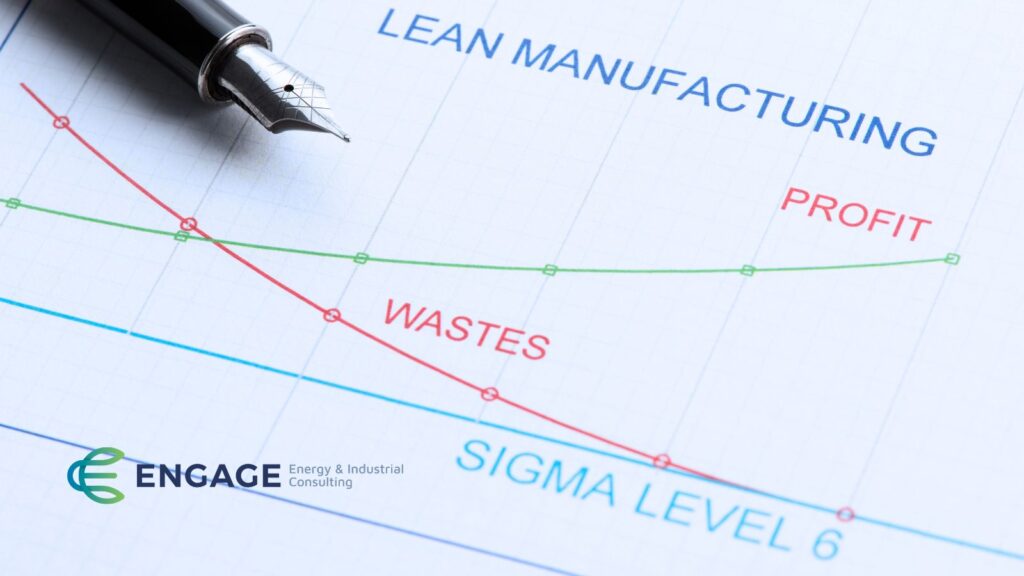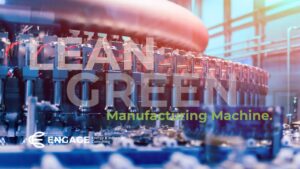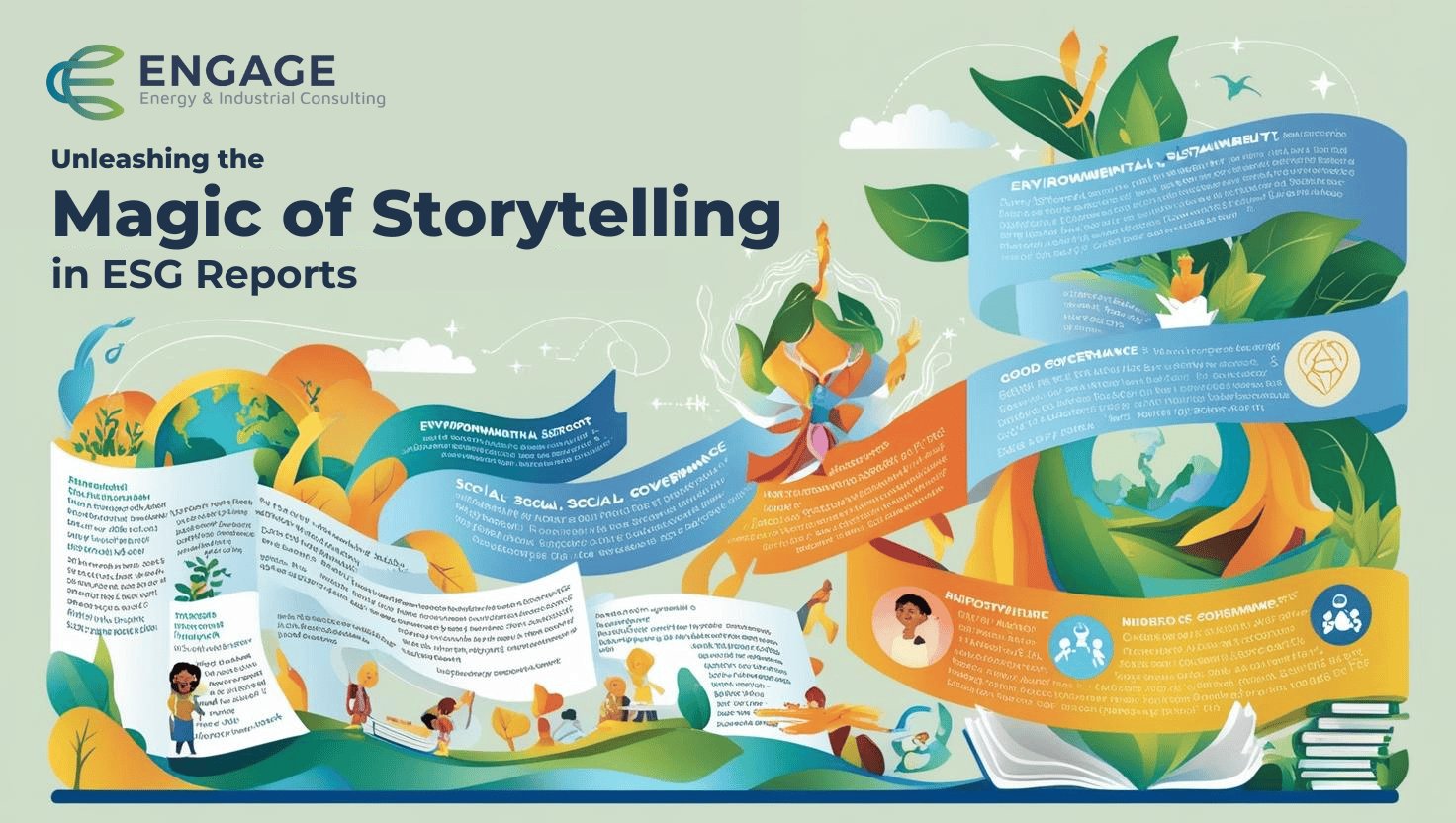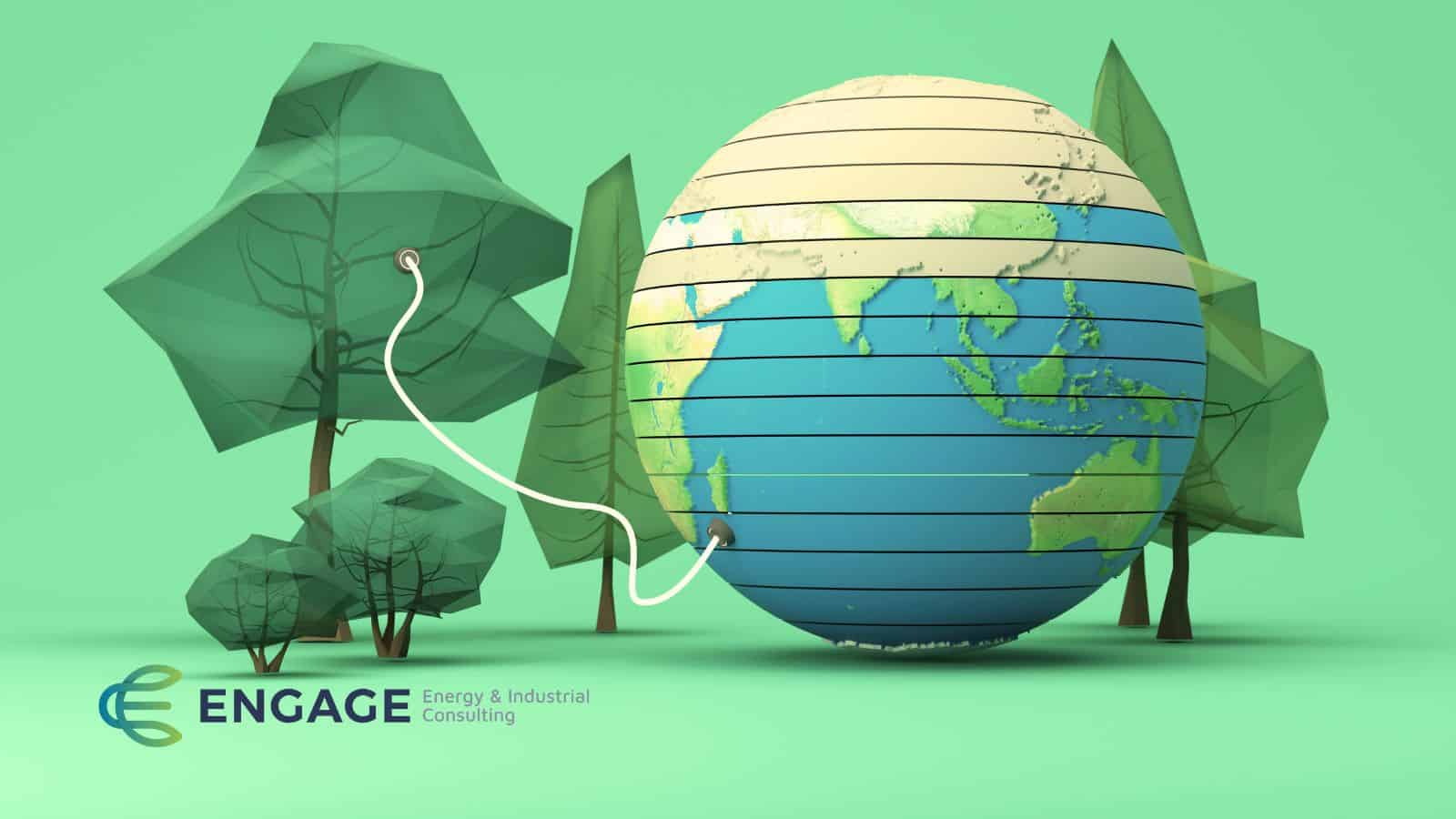The Intersection of Lean Manufacturing and Green Manufacturing: A Path Toward Sustainable Production
In today’s globalized economy, manufacturers face increasing pressure to improve operational efficiency and reduce their environmental footprint. Two approaches that address these needs are lean manufacturing and green manufacturing. Both methodologies aim for more sustainable production but originate from different perspectives. Lean manufacturing focuses on maximizing efficiency by reducing waste and improving processes, while green manufacturing emphasizes minimizing the environmental impact of production. Interestingly, these approaches overlap in several areas, creating opportunities for companies to streamline their operations while enhancing sustainability.
In this article, Engage Energy and Industrial Consulting explores the intersection of lean and green manufacturing, illustrating how companies can merge these principles to drive sustainable growth.
Understanding Lean Manufacturing

Lean manufacturing is a systematic method for eliminating waste within manufacturing systems while ensuring high-quality production. Originating from Toyota’s production system in the mid-20th century, lean manufacturing aims to maximize value for the customer by optimizing every aspect of production.
“Lean involves a fundamental paradigm shift from conventional “batch and queue” mass production to product-aligned “one-piece flow” pull production. Whereas “batch and queue” involves mass production of large lots of products in advance based on potential or predicted customer demands, a “one-piece flow” system rearranges production activities in a way that processing steps of different types are conducted immediately adjacent to each other in a continuous flow.” – EPA
The key principles of Lean Manufacturing Include:
- Value identification: Understand what adds value from the customer’s perspective.
- Value stream mapping: Analyze the steps in the production process to identify waste.
- Flow improvement: Ensure that the product moves smoothly through each step.
- Pull system: Produce based on customer demand, not forecasted demand.
- Continuous improvement: Foster a culture of ongoing improvements.
What Is Green Manufacturing?
In contrast, green manufacturing, also known as sustainable manufacturing, centers around reducing the environmental impact of production processes. It encompasses using eco-friendly materials, minimizing energy consumption, reducing emissions, and promoting recycling and waste reduction. This production method considers the entire product lifecycle—from raw material extraction to end-of-life disposal—ensuring that every stage is environmentally conscious.
Some Key Objectives of Green Manufacturing Include:
- Energy efficiency: Reducing energy consumption through better technologies and renewable energy sources.
- Waste reduction: Minimizing material waste and recycling where possible.
- Carbon footprint reduction: Lowering greenhouse gas emissions through cleaner production methods.
- Sustainable materials: Utilizing eco-friendly, non-toxic, and renewable materials.
- Circular economy principles: Designing products and processes that allow for reuse, refurbishment, and recycling.
Lean and Green: Where They Intersect
Although lean and green manufacturing have different priorities—lean is focused on efficiency, and green is focused on environmental impact—they share a common goal: waste reduction. When integrated effectively, lean, and green manufacturing can reinforce one another, resulting in operational and environmental benefits.
Waste Reduction
Both lean and green manufacturing aims to reduce waste, albeit from different perspectives. Lean manufacturing seeks to eliminate non-value-adding processes, which inherently reduces resource consumption and waste generation. Lean segments waste into 7 categories:
- Transportation: The movement of products or resources used in production
- Inventory: All components, work-in-progress, and finished goods that are not in production
- Motion: Unnecessary movements of people or equipment that do not contribute to the final product or service
- Waiting: Time spent waiting
- Overproduction: Producing too much of an item
- Over-processing: Performing activities that do not add value to the customer or business
- Defects: Making defective products
Green manufacturing takes a similar approach but focuses on environmental waste, such as reducing harmful emissions and minimizing the use of hazardous materials. Together, they create opportunities to cut costs while reducing environmental impacts.
For instance, lean’s emphasis on reducing overproduction can lower the consumption of raw materials. At the same time, green principles can ensure that those materials are sustainably sourced and managed throughout the product lifecycle.
Energy Efficiency
Lean practices often improve energy efficiency as a byproduct of process optimization. By minimizing unnecessary movement, reducing downtime, and streamlining production flows, lean manufacturing naturally decreases energy consumption. This aligns with green manufacturing’s goal of lowering energy usage and transitioning to renewable energy sources.
Additionally, lean tools like total productive maintenance (TPM) can be applied to ensure machines operate efficiently, reducing energy waste and preventing unplanned downtime, which conserves resources and minimizes environmental harm.
Sustainable Supply Chain
Both lean and green manufacturing emphasize the importance of an optimized supply chain. In lean manufacturing, the supply chain is carefully managed to minimize excess inventory, avoid delays, and reduce costs. In green manufacturing, the supply chain prioritizes environmentally friendly materials, suppliers who adhere to sustainable practices, and efficient transportation methods that lower carbon footprints.
By merging the two, companies can create a supply chain that is not only cost-effective but also environmentally sustainable.
Resource Conservation
Lean manufacturing encourages minimal resource use by eliminating excesses and streamlining processes. Green manufacturing, similarly, prioritizes the conservation of resources like water, raw materials, and energy. Together, these approaches promote efficient resource use and encourage practices like remanufacturing, which allows products to be reused rather than disposed of, supporting a circular economy model.
Case Studies: Companies Leveraging Lean and Green Manufacturing
Several companies have successfully integrated lean and green manufacturing practices, achieving significant benefits in terms of efficiency and sustainability.
Toyota: As the pioneer of lean manufacturing, Toyota has integrated green principles into its production system, focusing on reducing energy use and emissions. Toyota has set ambitious targets to achieve carbon neutrality by 2050 by reducing emissions in its supply chain, increasing the use of renewable energy, and improving vehicle fuel efficiency.
General Electric (GE): Through its Ecomagination initiative, GE has integrated lean practices with green manufacturing to develop eco-friendly products, optimize energy use, and reduce waste. This initiative has resulted in billions of dollars in revenue and cost savings while reducing its environmental impact.
Nike: Nike combines lean manufacturing with sustainable practices to reduce waste and improve product designs. The company has adopted a zero-waste policy in several of its production facilities. By using lean principles, Nike ensures that materials are efficiently used, reducing both cost and environmental waste.
Challenges and Opportunities In Lean and Green Manufacturing
While the intersection of lean and green manufacturing offers significant benefits, its implementation can be challenging. Some companies may struggle with the initial cost of adopting greener technologies or face resistance to change in shifting towards more sustainable processes. Additionally, optimizing for operational efficiency and environmental sustainability can sometimes present trade-offs.
However, the long-term benefits of integrating lean and green principles—such as cost savings, improved reputation, compliance with environmental regulations, and a competitive edge—far outweigh the challenges. As consumers become more environmentally conscious and governments impose stricter regulations, companies that adopt lean and green manufacturing are well-positioned for future success.
The intersection of lean and green manufacturing represents a powerful opportunity for companies to not only improve operational efficiency but also to align with growing environmental demands. Organizations can create a more sustainable, resilient, and competitive production system by combining lean’s focus on waste reduction and process improvement with green manufacturing’s emphasis on environmental stewardship. This dual approach benefits both the bottom line and the planet, making it a win-win strategy for the future of manufacturing.
How Can Engage Energy and Industrial Consulting Help You Become A Lean and Green Manufacturing Machine?
Hiring a company like Engage Energy and Industrial Consulting that specializing in lean and green manufacturing offers numerous benefits. These benefits extend far beyond immediate cost savings. By streamlining processes and eliminating waste, your business can achieve higher efficiency and productivity, leading to a stronger bottom line.
Additionally, embracing green practices reduces environmental impact and aligns with growing consumer demand for sustainable products. This proactive approach not only enhances your company’s reputation but also ensures compliance with evolving regulations and standards. Investing in lean and green manufacturing demonstrates a commitment to innovation, sustainability, and long-term success, making it a strategic move for any forward-thinking business.
Contact Engage Energy and Industrial Consulting today to learn more.





